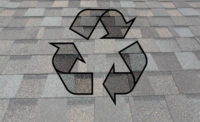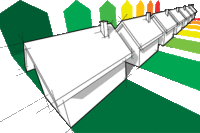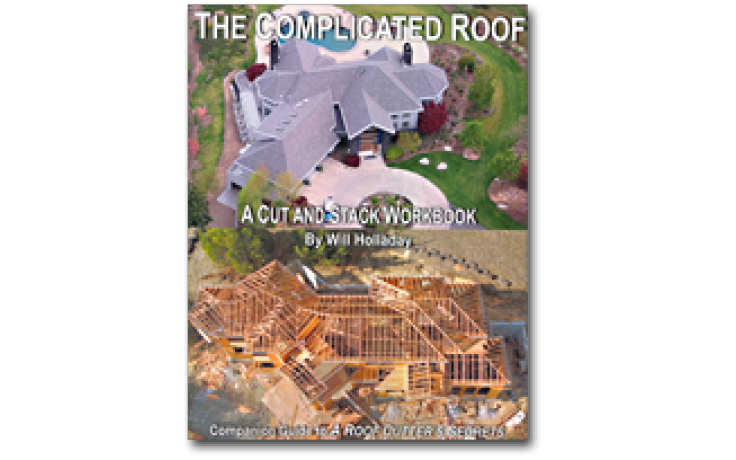Cutting Through Code Confusion: A New R-Value Guide




Since 1994, the I-Codes have served as models for almost all state and local building codes in the United States. The newest edition (2012) of the I-Codes includes several landmark advances in building energy efficiency and sustainability. Not only does the 2012 International Energy Conservation Code (IECC) include new and higher thermal standards for almost every roof and wall assembly, but these standards are further increased in the new International Green Construction Code (IgCC), which is intended to serve as an overlay code or “above the code” standard for sustainable buildings.
Although these advancements in energy efficiency are considered critical to the design of the next generation of sustainable buildings, the number of new options may be confusing to the non-expert. In addition, the new IgCC or “green” code no longer contains the traditional roof and wall R-value tables typically used in all previous codes. As a result, it may be very difficult to determine what exactly is the right R-value for your customers. In an effort to improve understanding of these new code requirements, the Center for Environmental Innovation in Roofing (CEIR) and the Polyisocyanurate Insulation Manufacturers Association (PIMA) have published a stand-alone Roof and Wall Thermal Design Guide to help building designers and contractors make the best insulation decisions for new and existing buildings.
Key features of the CEIR/PIMA design guide include easy-to-understand graphics of the most common roof and wall assemblies, a color map of all North American climate zones, and individual R-value tables for each roof and wall assembly. In addition, the guide provides separate tables for the IECC and IgCC minimum thermal values as well as the corresponding ASHRAE thermal values.
Using this simplified graphic format, the CEIR / PIMA design is fast and easy to use. All you need to do is (1) select your climate zone from the map, (2) select the wall or roof assembly needed, (3) select which model code is appropriate, and (4) obtain the minimum R-value from the appropriate chart.
And best of all, there’s no charge for this valuable code tool. All you need to do is go to the CEIR website (www.roofingcenter.org) or PIMA website (www.polyiso.org) and download your free copy. There’s also a version of my webinar on the topic available on demand at www.arwarchitect.com/webinars.
The new Roof and Wall Thermal Design Guide is one more way that the roofing and insulation industry is helping to make sustainable design and construction easier for everyone. I hope you’ll download your copy and share it with building owners and designers in your market.
Looking for a reprint of this article?
From high-res PDFs to custom plaques, order your copy today!











